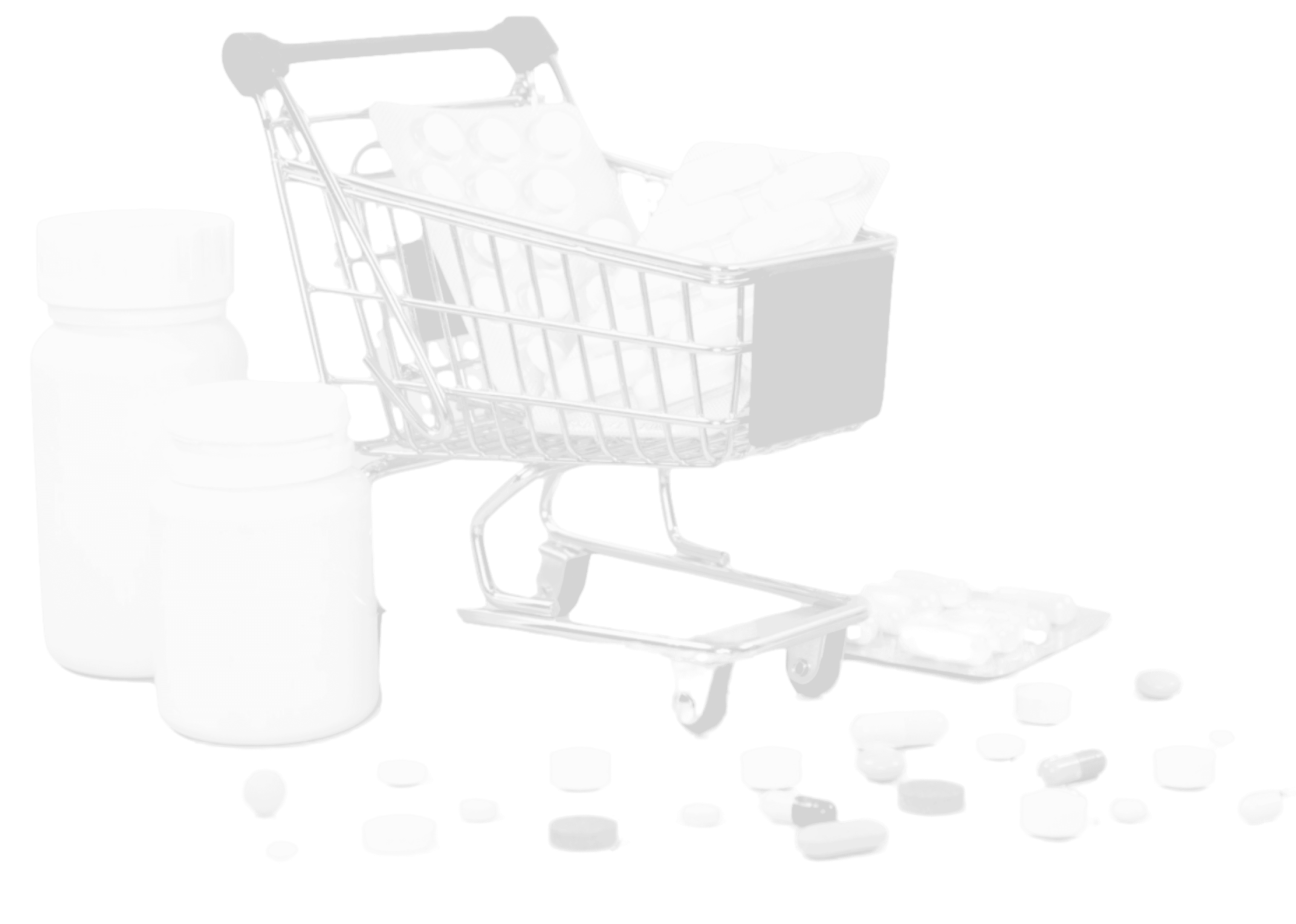| Generic Name | MICONAZOLE |
| Style & Size | 30 GM |
| Brand | ACI LIMITED |
| Subcategory | Oral Gel |
Micoral
30 GM
1 Review
MICONAZOLE
In Stock
৳
100.3
100% Money Back Warranty
Shop worry-free with our 100% Money Back Warranty!
Shop worry-free with our 100% Money Back Warranty!
All Items Top Best Quality
Premium quality guaranteed for all items.
Premium quality guaranteed for all items.
Best Price
Top quality, lowest prices – your go-to for savings
Top quality, lowest prices – your go-to for savings
24/7 Support
Round-the-clock support: We're here whenever you need us!
Round-the-clock support: We're here whenever you need us!
Description
Specification
Reviews (1)
Customers Reviews
4.00 Out of 5
Out of 1,210 Global Ratings
Review This Product
Share your thoughts with other customers.
Similar Products















